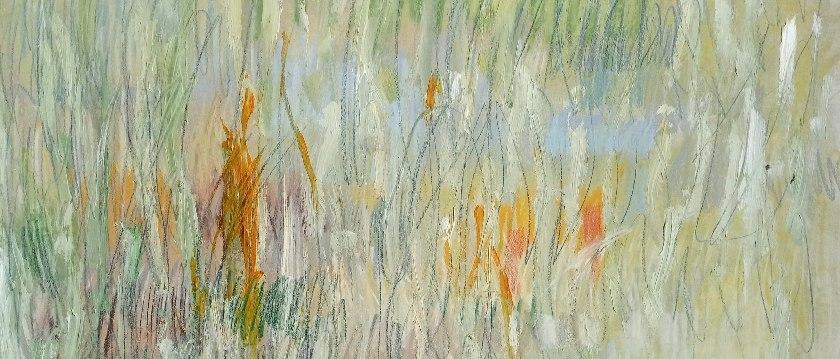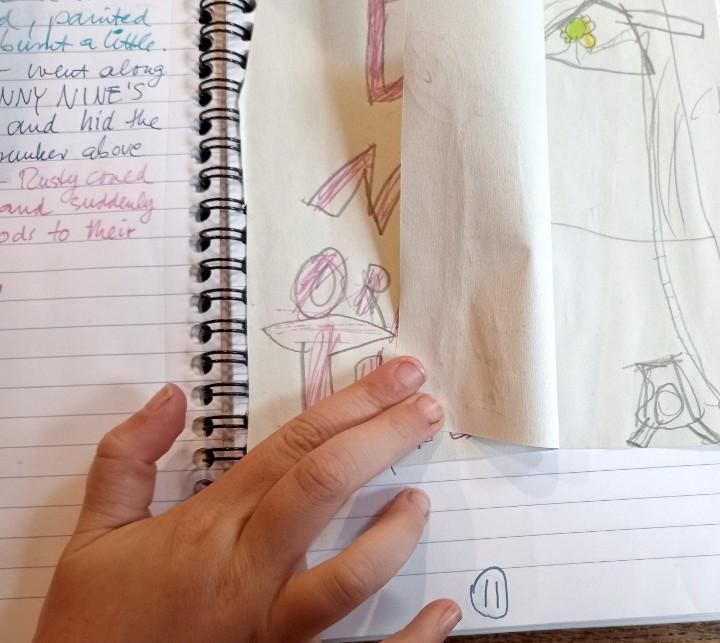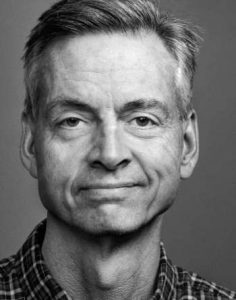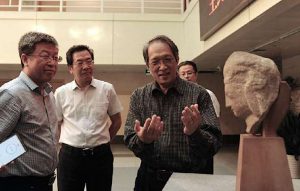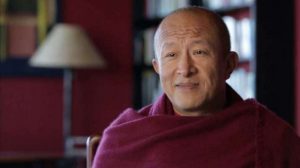A philosopher never quite gets used to the world. To him or her, the world continues to seem a bit unreasonable—bewildering, even enigmatic. Philosophers and children thus have an important faculty in common . . . the faculty of wonder.
(Jostein Gaarder, Sophie’s World)
I have no special talent. I am only passionately curious.
(Albert Einstein)
Whenever I go shopping at my local supermarket, I look out for one of the employees—a tall, lean woman in her late fifties, who somehow manages to make her shop uniform look glamorous. She wears sparkling orange lipstick, high heels, her white-blond hair done up in an elaborate arrangement that draws attention to her elegant neck and way of moving. She seems to have a degree of managerial responsibility, often working at the customer care desk, sometimes at the checkout, or helping other staff. I say “working,” but what intrigues me about her is that she exudes a sense of aliveness and joie de vivre that I associate more with being on a holiday adventure or engaged in a stimulating creative project.
In my early twenties I worked at the checkout of a whole-foods shop, so I know the sheer drudgery of this kind of work. It was run as a Buddhist “right livelihood” project, with the vision that any ethically wholesome work done with mindfulness, for the right reason, and in the context of sangha, could be rewarding and a training ground for generosity and insight. But I have to admit, I often struggled with the lack of creative expression, which I had become used to as a self-employed music-and-movement teacher. Over time, the menial, repetitive nature of the work flattened my spirit.
So my curiosity has been piqued by this woman, who seems to glide and dance from aisle to aisle, self-possessed and radiant, always ready to smile. I once observed her falling into a couple of quick waltz steps, her arms lifting gracefully, which made me smile. She turned her head, as if sensing my presence, and met my eye for a split second of secret comradeship. How does she do it?
I decide to ask her one day, while stowing groceries into my bags. Her smile brightens and she says that she simply wants to give her best in everything she does. “It might help,” she adds as she hands me my receipt, “that I worked in a theater company before this job. I try to stay curious.” She then turns expectantly to the next customer as if he is the very person she desires to spend her time with.
There is something attractive and slightly unsettling about people who are so unashamedly and passionately alive, whatever their age and circumstance. Whether famous physicists, shopkeepers, or grannies, people with a glint and gleam in their eyes ignite our own vitality, which often lies smothered beneath our fear of standing out too much, rocking the boat, or risking disapproval. They are an encouragement toward greater risk-taking in our trade-off between safety and aliveness, and we need such encouragement, it seems to me. So much of our social conditioning favors unquestioning submission to the status quo. “It’s a miracle that curiosity survives formal education,” Albert Einstein once said.
Over the last few months, my seven-year-old buddha-daughter Willow and I have been making an illustrated book together, titled The Funny Nine. Despite being home-educated, which might suggest a more untrammeled flow of creativity than is common in conventional schooling, it is apparent that an inner critic stifles her curiosity and confidence to some extent. She may have a bright idea but doesn’t want me to write it down, thinking it’s not what people would expect in a book. For several meetings, she has had writer’s block. But then her effervescent delight in discovery takes over again and overrides the inner censor: The golden, flower-shaped trophy awarded in a flower competition to a little girl who looks like a flower is stolen by another character called “Fiery.” Accidentally, he slightly burns the wooden trophy, which means that the dog who is part of the gang can sniff it out. Fiery hides it in a secret compartment in a tree house, the drawing of which, in our book, is hidden behind a glued-on paper flap, that warns in letters threateningly increasing in size: DO NOT OPEN. We are both tickled knowing that we are stimulating a little struggle in our readers, between the urge of wanting to know and the urge to obey the instruction.
Even more basic and powerful than the pressure to conform to social norms, our innate fear of the unknown can stifle our desire to explore the world. We are influenced by hardwired survival approach/avoid patterns which we share with all other life forms. In her novel Fledgling (Aurum, 2022), Hannah Bourne-Taylor describes the rearing of a tiny mannikin finch that had been dislodged from its nest. She patiently spends most of her waking hours each day finding out how to keep the finch alive, before eventually releasing him back into his flock. Movingly, the little wild thing makes her hand his nest, his safe place, pecking at her fingers to make them curl protectively over him. He arranges nests from strands of her hair while they chirp to each other. Almost anything else frightens him. “I filled blue bottle tops with water,” she writes, “and once he had come out of hiding in terror from them, he edged closer and closer. Crouching next to the bottle top he lowered his bill in and took long sips before suddenly becoming scared and rushing headlong into my lap.” (161) Her dedication to his survival is instrumental in her own process of recovery from a period of mental instability, social withdrawal, and confusion.
He shook me into wanting to embrace every day, to seek out tiny curiosities, to marvel and question and to be humbled by the smallest of insects or open-mouthed by a single dive of a bird. Through being immersed in the little lives that surround me, I had found my way back into a connection that made me happy at my core because its foundation was built on a sense of belonging.
(Bourne-Taylor, 244)
This immersive way to look at the world is a fundamental quality of mindful living. With practice, we become experts in balancing the adventure- and safety-seeking poles of our psyches—to enjoy life in the “golden zone,” where things appear vivid and fresh, and less clouded by constant, reassuring, but limiting self-referencing. Sometimes, using “habit-breakers” can help to kick us out of the “dwalm,” or reverie of autopilot. Doing things differently from usual shows up our unconscious assumptions about the world that blind us to its reality and exposes us to our raw experience afresh.
I am part of a little meditation group in which we take turns to guide the practice. Last night, Thom asked us to turn our seats sideways, rather than facing toward the center of the circle, as is our custom. This little change, together with a scattering of quotes on “The Unknown” took me and others into unfamiliar territory, allowing for a subtle newness of experience. Afterward, I felt reluctant to put this into words as that immediately embeds the experience back into “The Known.” How can we be fully present to the interconnected flow of experience without commodifying it, making it into something that affirms and stabilizes a separate self? I remain curious about that.
In meditation I am favoring the kind of questioning that calls forth integrated, sense-based awareness, rather than some heady knowing. Some questions are more helpful than others, I learned in my coaching training. “Why” questions take us into our heads, make us theorize. “Why is there something rather than nothing?” is perhaps the most puzzling, and unanswerable question. We will never know what came before the Big Bang, and apart from instilling a general sense of awe and wonder, it is not worth spending time pursuing the matter. The Buddha, while encouraging the spirit of enquiry, advised his followers to stay away from such metaphysical conundrums. Certainly, in a context of personal, creative, or spiritual development “What” and “How” questions are more rewarding. “Why am I no good at this?” is a no-go as far as progress is concerned. Whenever I am encountering judgement and blame, of self or others, I do my best to replace it with a wiser and more compassionate kind of inquisitiveness. “What is going on in the body right now?” is always a useful, grounding, mindfulness-based enquiry, or “what wants to be experienced and accepted?” Or “how can I contribute to a fairer and more peaceful world?” And I listen to answers that not just confirm the already known.
My active pursuit of the arts, particularly through painting and movement improvisation, has familiarized me with the energizing and absorbing power of curiosity. Like Bourne-Taylor, I see connection as a defining element—dialoguing boldly, yet sensitively with the material I am exploring, and with parts of myself that are less rational and less governed by social expectation. Rather than asking “what do I want to paint?” where the success/failure-oriented concerns of the “I” narrow the field of options, I ask “what wants to be painted? What is waiting to be expressed?” I let the colors and shapes themselves speak, and listen to the request of a golden yellow asking to be complemented by a particular shade of pale blue, in order to bring out its warmth. A dance is happening, with minimum editorial direction, where marks of different length, thickness, and texture interact and feed off each other. It is an open-ended improvisation, like life itself. Abstract art doesn’t try to imitate nature but uses the principles of nature to express aspects of its spirit. A painting is finished when there is a sense of clarity and balance—when nothing more asks to be done.
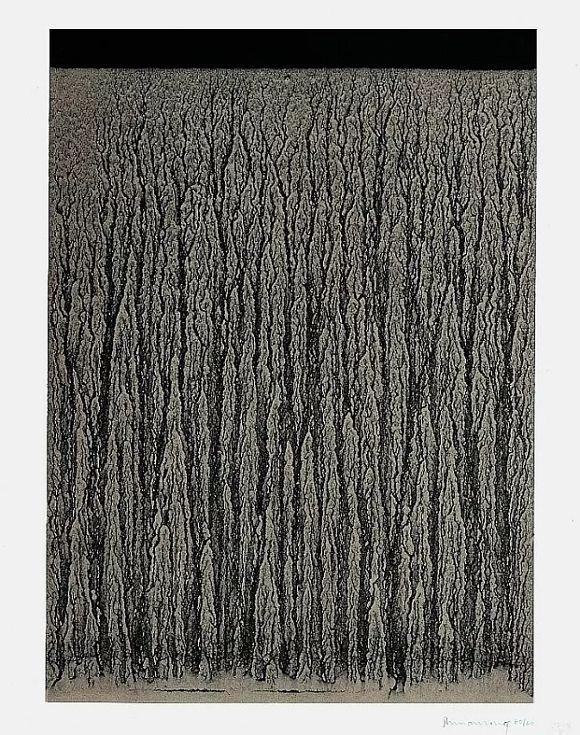
You don’t need a canvas or a box of paints to take part in this invigorating and intimate participation in life. Taking a shower can become an immersion in an interactive artwork. Listen to the sound of water swishing through the pipes, splattering onto porcelain or plastic, and bouncing off the skin of your back, to splash dynamically against ceramic tiles. Envelop yourself in the exotic or homely scents of the soap. Surrender to the jet’s warm pummeling of your hardworking shoulders. Allow your thinking mind to relax, together with your drenched, dripping hair as it molds itself closely over your cheek and neck. Fill your lungs with soothing humidity. Let your eyes feast on the painting created by hundreds of drops on the glass door, like a drawing by Richard Long, and marvel at the dramatic transformation created by the sweeps of the squeegee before exiting the performance space.
Let the experience stay with you and inform the rest of your day, alert for further opportunities to come into astonished alignment with yourself and life. For example, this morning I listened to a radio program that interspersed the sound of a cow chewing grass with a range of different musical pieces—a welcome aid to being present to the potential pleasure in everyday sounds.
See more
Richard Long (Artsy)
Related features from BDG
Curiosity and Doubt: The Spiritual Career of Judith Simmer-Brown
What Plants Can Teach Us about Living During a Pandemic
Not Knowing
Thinking Is a Skill. But Someone Else Figured it Out Before You
Expressions of Life and Light by Artist Seta Manoukian
Be Inspired




